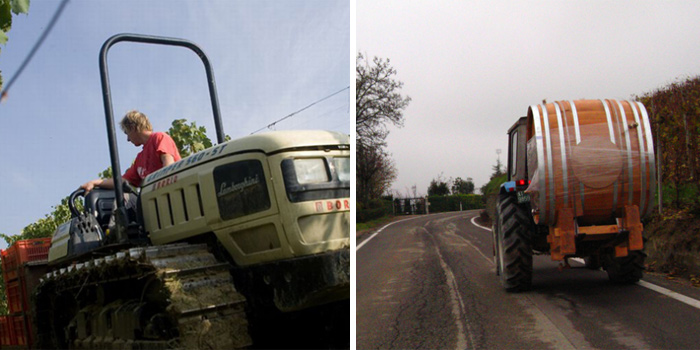Olek Bondonio: no ordinary Piemontese, no ordinary Barbaresco producer…
Author: David Berry Green
The observant among you will have spotted that ‘Olek’ is no ordinary Piemontese name, while one look at him, blond and now fetchingly moustached, hints at his Polish blood. Tragically, much of that blood was spilled at the hands of the Germans as many of his grandmother’s family ended their days in a concentration camp. The ones that got away from the ghetto sought far-flung places such as the USA, while a notable few of Olek’s relatives were mentioned in despatches by Winston Churchill in writing for their valour in battle alongside the Allies.
The Piemontese connection was made during the 1960s when Olek’s (Polish) grandmother Brucha Norton came to Italy and met Olek’s grandfather, also a Pole. It was their daughter Nelka (“Nelly”) who married the Piemontese Alberto Bondonio, whose family had owned a summer house in the Langhe since the 19th century: Cascina Berchialla. With the passing of Alberto’s father the vineyards were divided up between the children, with Olek’s father Alberto receiving a tiny plot that included vines in both Roncaglie and Roncagliette.



